
Rabbit Breeds and Farming
May 27, 2019, 2:57 pm
The rabbit is a monogastric (having one stomach) herbivore (plant eater) and therefore it is an effective way of converting forage or agro-industrial by-products to high quality animal protein.
Rabbit Breeds and Farming
Rabbit kept in fewer numbers of 3 to 5 can provide the family with additional source of animal protein and some form of additional income.
Advantages of Rabbit Farming
- Rabbit has a small body size and does not therefore require expanse of land for production
- The noiseless nature of the rabbit makes it suitable and possible to be raised at home
- The rabbit has a short gestation period and generational interval. A doe (female rabbit) can produce between 5 to 6 litters per year
- The rabbit can thrive on diets devoid completely of cereals. However, for high growth rates, concentrates should be fed along with forages
- Rabbit produces white meat, which is nutritious, high in protein, low in calorie and low in sodium, fat and cholesterol
- Rabbit is less prone to disease outbreak when properly managed. Unlike poultry, it doesn’t need a regime of vaccination programme
- Rabbit production at the backyard level does not require highly skilled labour
- There is no known taboo against the consumption of rabbit meat (except among vegetarians)
- Rabbit, like the chicken, is a biological refrigerator as a family of four can consume a whole rabbit carcass at once. This is not so with carcasses from cattle, sheep or goat
- The capital outlay for starting a rabbitry is small compared to that of other farm animals
Rabbit Farming Breed
The following are the common rabbit breed used in rabbit farming:
- Flemish Giant

- California White
- New Zealand White
- New Zealand Red
- Fauve de Bourgogne

- Chinchilla

- Angora
- Dutch (Dutch belted)

- Lops
- Himalayan
- Rex

Rabbit Farming Housing
Naturally, rabbits live and breed in burrows called warrens but they should be kept in cages called hutches. In some communities, rabbits are housed in burrows but this system of housing often leads to destruction of the environment and also loss of rabbits. Rabbit hutches may be arranged in single, double or triple tiers.
Housing rabbits, as in other farm animals, aims at providing protection against harsh weather and predators as well as offering suitable condition for growth, good health and productivity.
The construction materials for hutches can consist of wood or welded wires or both. The legs of the hutches should be placed in disinfectant bowls to keep off termites and ants. Palm woods and bamboos are also examples of local materials for the construction of cheap hutches but may be eaten up by the rabbits. Rabbits kept on a pasture are put in moveable cages.
The hutches are placed under a well-ventilated building called the rabbitry. The floor of the rabbitry should be made of concrete and gently sloping for ease of cleaning. Clay pots reinforced with cement can serve as feeding and drinking troughs. Nests called kindle boxes are usually made of wood and they provide seclusion for the doe when kindling. Males are kept separately from females. It is good practice to plant trees like gliricidia round the rabbitry to provide shade and keep the rabbitry cool.

Rabbit houses can be built with available local materials like wood, bamboo, mud, thatch roof or zinc roofing sheets. These materials can also be used for hutches. In commercial rabbitry, hutches are provided for individual or limited number of rabbits. The buck and does are kept separate in individual compartments.
Hutches made of good roofing materials can be placed outdoors. But durable hutches are made from hard wood and galvanized iron. Rat guards are provided at the upright pole of hutches to prevent rats from climbing. Concrete feeders and watering troughs are provided.
Hygiene in Rabbit Farming
A golden rule to ensuring production of good quality rabbits is to eliminate all conditions that can cause poor sanitation. And in addition, correct feeding techniques should be adopted. Clean the floor of the rabbitry daily. Disinfect the rabbitry to keep it germ free. Clean the feed and water troughs on a daily basis to prevent contamination. Remove dusts, cob-webs and loose rabbit hairs from cages and walls.
Deworm the rabbits regularly. Use antibiotics with caution as rabbits are easily affected. Isolate sick rabbits and remove and bury any dead animal far away from the rabbitry.
How to Recognize a Sick Rabbit
- Decreased feed intake or failure to eat (anorexia)
- Dull eyes
- Progressive loss of body weight (caecexia)
- Rough coat or loss of fur (alopecia)
- Blown up or puffy appearance
- Inactivity or lethargy
- Presence of diarrhoea with or without blood stain
- Discharges from natural orifices/openings: eyes, nose, anus, ears
- Belaboured breathing
- Weak pulse
- External wounds on any part of the body notably feet or hock regions
- The rabbit sits in a corner of the cage and grinds its teeth

Rabbit Farming Feeding Practice
Rabbit is a monogastric herbivore with simple stomach that can survive on forage alone. Rabbit has an enlarged caecum and therefore use more forage in the diet than other simple-stomached animals. For growth, there is need to supplement the forage with concentrates which can be fed in either meal or pelleted forms. Pellet is often preferred if the farmer can afford it.
Concentrate is better given to the rabbits in the morning while forage should be fed in the late afternoon. Rabbits can be given poultry’s grower mash in absence of pellet but this should be sprinkled with water to prevent wastage and nasal irritation.
Rabbit feed more at night and for this reason, sufficient feed should be provided during this period. Fresh, clean, cool water should be supplied as often as necessary. However, for rabbits fed only succulent leafy materials, provision of water may not be necessary.

Rabbits enjoy feeding on tridax, sweet potato leaves, Aspillia Africana (African marigold), centrosema, calopogonium, Guinea grass, elephant grass etc. Legumes are better than the grasses because of their acceptability and high nutritive value over grasses. Leucaena should be fed with caution as complete dependence on it could lead to loss of hair (alopecia), retarded growth and abortion in rabbits. However, weed such as Chromolaena odorata (Siam weed) is hepatotoxic to rabbits. Rabbits should not be fed spoilt or contaminated feed, and any new diet should be introduced to the rabbit gradually. The protein content of feeds for growing, pregnant and nursing rabbits is 16-20%, while those of dry does and bucks should be 12-15% CP.
Rabbit Farming Breeding
Rabbit is sexually mature at 5 to 6 months of age. Rabbits of small breeds may be bred at 4 months, medium breed at 6 months, and large breeds at 8 months of age. Prior to first mating, a doe should live in her own hutch for at least one month period. There is no spontaneous ovulation in the doe hence mating (presence of male) is usually necessary to induce ovulation about 10 hours after mating. The doe therefore do not have heat period but can accept the buck any time of the year. However, the doe should not be served immediately after parturition. Pregnancy lasts for about 30 to 32 days. Some does sometimes exhibit pseudo-pregnancy (false pregnancy). This may result from infertile mating or when one doe rides another during a period of sexual excitement. This false pregnancy lasts for about 2 weeks and the doe cannot be bred during this period. The mating ratio for rabbits is one buck to ten does. The doe is taken to the buck’s compartment for mating.
Care of a Pregnant Rabbit
A rabbit reaches puberty between 5 to 6 months. Gestation period is 31 days. Weaning is carried out between 5 and 7 weeks. Production period is usually between 6 months and 3 years. Pregnancy (gestation) is the period of time from conception to birth and it is about 31 days.
During mating, the doe is taken to the buck’s hutch for mating and not the other way round. A pregnant rabbit would adjust to the development of embryo without much intervention. Pregnancy should be confirmed by palpating the doe 14 to 18 days after mating. A fairly reliable way to check if the female rabbit is pregnant is that she would reject advances of the buck. At about twenty one days after mating, palpation of the womb for the presence of marble-shaped foetuses can be carried out to determine pregnancy.
Pregnant does should be kept in spacious individual cages. During this time, they can be a little bit irritable, thus great caution is needed when handling them. The doe should be supplied balanced ration and clean water regularly. Sufficient forage should also be provided. At 28 to 29 days into gestation, the doe will start pulling out its fur to make nest in preparation for kindling. It is important to provide a nest box on the 28th day or as soon as she starts pulling her hair. The nest box should be placed in the corner of the cage for the privacy of the doe. About 2 to 3 days before pregnancy, the doe will reduce her feed intake but more fibrous feed should be given at this stage. The doe takes about 10 minutes to kindle at any time of the day but usually at night. The litter size may be 2 to 13 kits. The dam will cover the kits/kids with the fur and climbs out.
Management of Pregnant Does
The litter should be inspected not later than the day after kindling and any dead, deformed or undersized young should be removed from the litter. Some of the kits in a large litter may be fostered to other does. Use a piece of stick to remove any dead kits. Hairs start to grow about 4 days and eyes are opened about 10 days after birth. By the 14th day, the kits should be nibbling at the doe’s feed and by 3-4 weeks, eating solid feed. The young are suckled until they are 5-6 weeks when they are weaned.

Handling Rabbits
Rabbits are docile, timid and tend to panic easily when disturbed. Some aggressive rabbits may bite the handler if the rabbit is not handled properly. Rabbits can also inflict painful scratches with their hind legs. It is a good idea to assess the attitude of the rabbit before opening the cage door. Rabbits when roughly handled are highly susceptible to lumbar spinal dislocation or fracture which may result in paralysis.
Extreme care must therefore be taken when handling rabbits to avoid sudden movement. It is necessary to support the animal’s hind quarters at all times. A young rabbit may be picked with one hand by grabbing the loin.
Another way of lifting a rabbit is by grasping the skin over the shoulder with one hand and gently lifting it while supporting the rump with the other hand.
A rabbit can be calmed with both hands close to the handler. A towel wrapped around the body can also be used to restraint. Don’t lift a rabbit by its ears!
Marketing of Rabbits
Rabbit marketing in Nigeria appears to be non-existent when compared with that of poultry or other livestock. A major reason for this is that people are yet to fully accept rabbit meat as a major source of animal protein. However, with proper planning and sensitization, this obstacle could be surmounted. Rabbits can be disposed by the following ways:
- Supply of weaners to prospective rabbit raisers
- Selling of fryers. A fryer is a young rabbit carcass from a rabbit usually less than 12 weeks old weighing 1.8-2.1kg
- Sale of roasters. A roaster is a mature or old rabbit carcass got from rabbit usually 8 months of age or older. Culls from the breeding herd may also be fattened and sold as roasters
- Sale of pelts/skins to the leather industry. This is yet to be developed on a large scale in West Africa
- The commercial rabbit producers may sell fryers and roasters to processors or may slaughter package and then market their own rabbits.

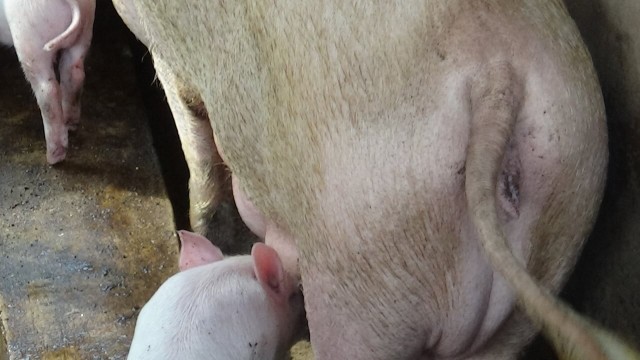
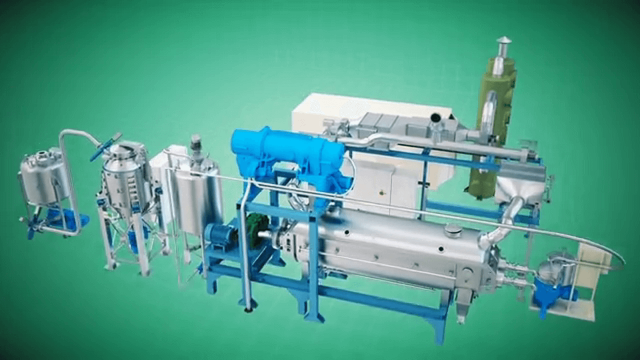
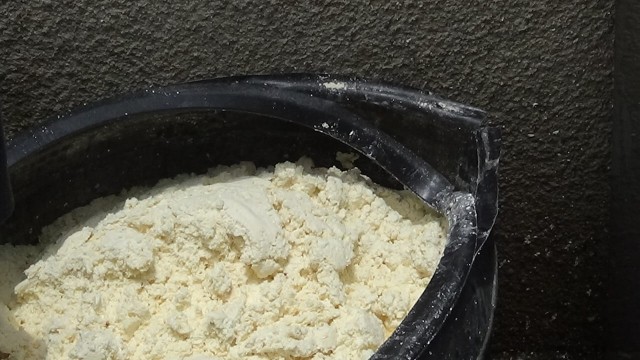


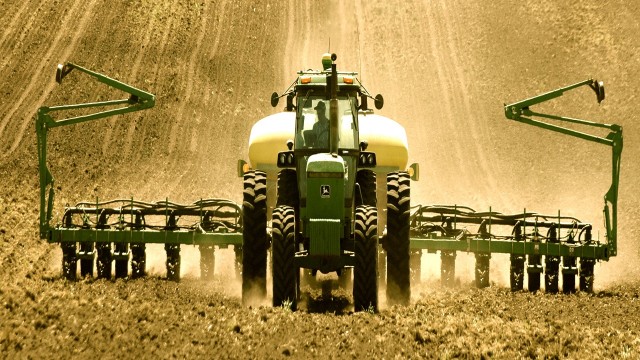




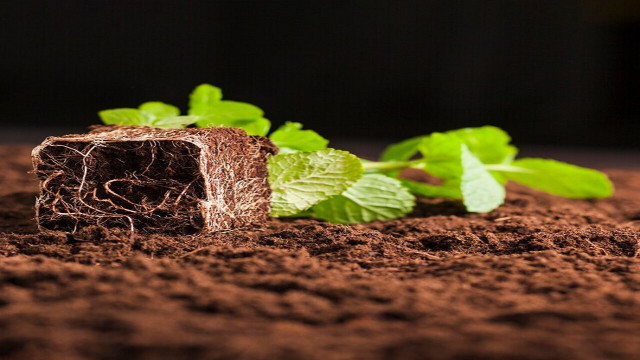
Share This Article: